Portrait of Lady
Portrait of Lady is an original oil on canvas artwork realized by Carlo Socrate (1889-1967) in 1930.
A beautiful portrait of a woman by one of the major exponents of the association of painters that came to be known as Scuola Romana ( Roman School ).
Collect a masterpiece of the XX century.
Discover more on Wallector.com!
Portrait of Lady is an original oil on canvas artwork realized by Carlo Socrate (1889-1967) in 1930.
A beautiful portrait of a woman by one of the major exponents of the association of painters that came to be known as Scuola Romana ( Roman School ).
Collect a masterpiece of the XX century.
Carlo Socrate (Mezzana Bigli -Pavia 1889 – Rome 1967)
He is the son of actors and lives in Argentina until the age of nine years.
Once returned to Italy, he begins attending the Free School of the Nude and in 1914, he goes to Rome, where a year later he would study at Villa Strohl-Fern.
In 1917, he worked for the company, Ballets Russes by Diaghilev; he also collaborated with the scenography for Las Meninas and prepared the scenes for Les femmes de bonne humeur (The Good Humored Ladies) by Léon Bakst. During this period, he meets Picasso, whom he follows to Paris, collaborating with him on scenes from Parade. During his stay in Paris, he meets Derain and other exponents of the cultural environment.
With Picasso, he visited Barcelona and then Madrid where, together, they visited The Prado Museum.
In 1918, at the Casina Valadier on the Pincian Hill (Rome), he exhibits his Still Life with a Dish of Apples and Onions, which arouses perplexity in the Roman environment for his personal rare “neoclassicism” but at the same time, attentive to European situation in those years.
After Portatrice di Frutta (Fruit Carrier) (1924), which is one of his masterpieces, he exhibits i Cacciatori (The Hunters), a very challenging painting, at the “Novecento Italiano” Show in Milan. Up until his death, his work tends on repeating, although in a lighter manner, the same typical patterns and therefore loosing that tension that had once stimulated his previous research. In the years between the two wars, he exhibits chiefly in public shows.
He was invited to various shows by the “Novecento Italiano” and, in 1931, he had a large solo exhibition at the first edition of the Quadrennial.
Discover more on Wallector.com!







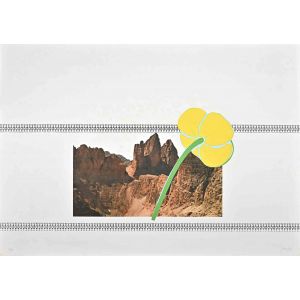
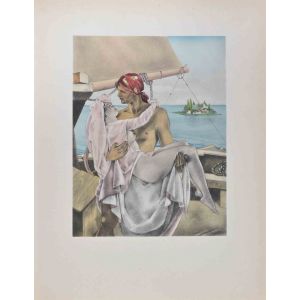
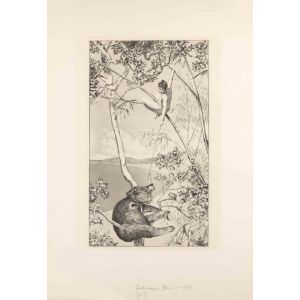
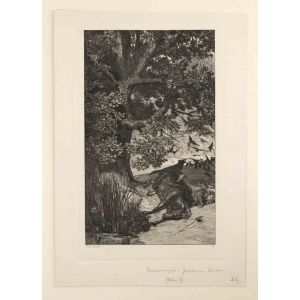
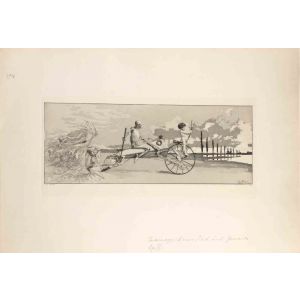
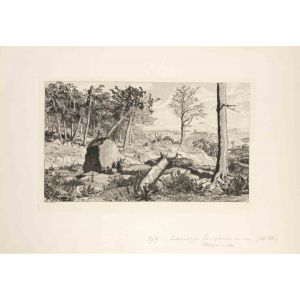
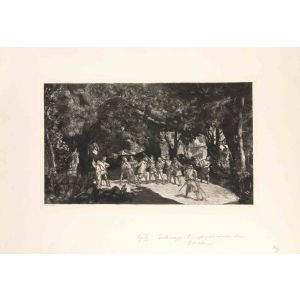
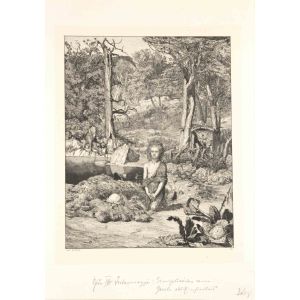
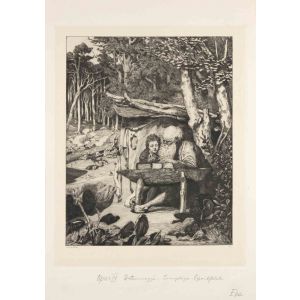
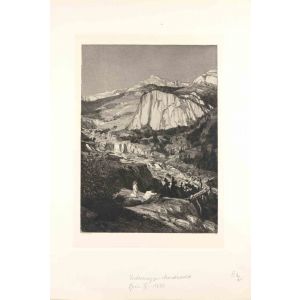

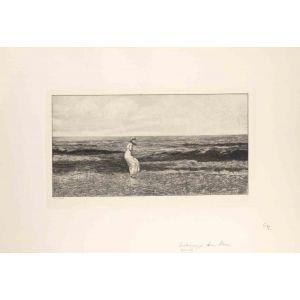
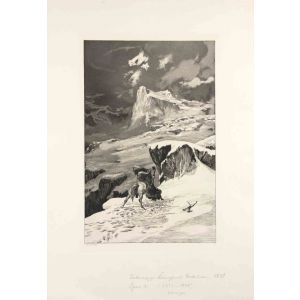







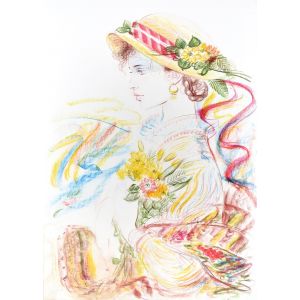





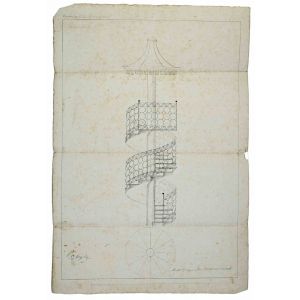


Validate your login
Sign In
Create New Account